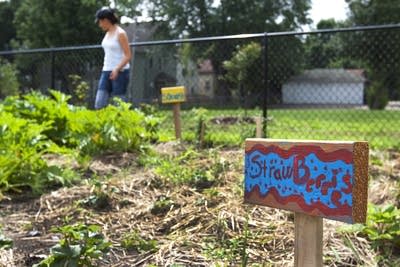Mild winter is great for gardeners
Go Deeper.
Create an account or log in to save stories.
Like this?
Thanks for liking this story! We have added it to a list of your favorite stories.

An updated climate planting guide shows warmer temperatures across Minnesota, which could be a boon for gardeners who want to plant species like sweet cherries that wouldn't survive in colder climates.
The U.S. Department of Agriculture's plant hardiness map is widely used by gardeners to gauge which species are appropriate for each region's climate. The previous version of the map was released in 1990. The new map, released Wednesday, is based on 30 years of data from stations across the country.
Mary Meyer, a professor of horticultural science at the University of Minnesota said average temperatures across the state showed a bump of about 5 degrees Fahrenheit on the new map.
"Where we used to typically have temperatures as cold as minus-30, now in the metro area we will only typically be minus-25," Meyer said. "That doesn't seem like a big difference, but five degrees difference in the winter is enough for one of the zone changes."
Turn Up Your Support
MPR News helps you turn down the noise and build shared understanding. Turn up your support for this public resource and keep trusted journalism accessible to all.
The new map also better displays "microclimates," small areas where environmental factors can lead to climates different that in the surrounding area, Meyer said.
"It shows the airport around the Twin Cities as being warmer," Meyer said. "The heat islands of cities show up on it, areas of higher elevation and areas near larger bodies of water."
Although Meyers said the more temperate weather in Minnesota could lead to pest problems for gardeners, it also could mean species like sweet cherries, blackberries and rosemary could now grace gardens across the state.
"Those plants often would die in the winter, and with a little bit of a protection, a better microclimate, those may have a much better chance now," Meyer said. "I'd like to tell everybody that they can now grow peaches and so on here, but I don't think it's quite that much good news."




